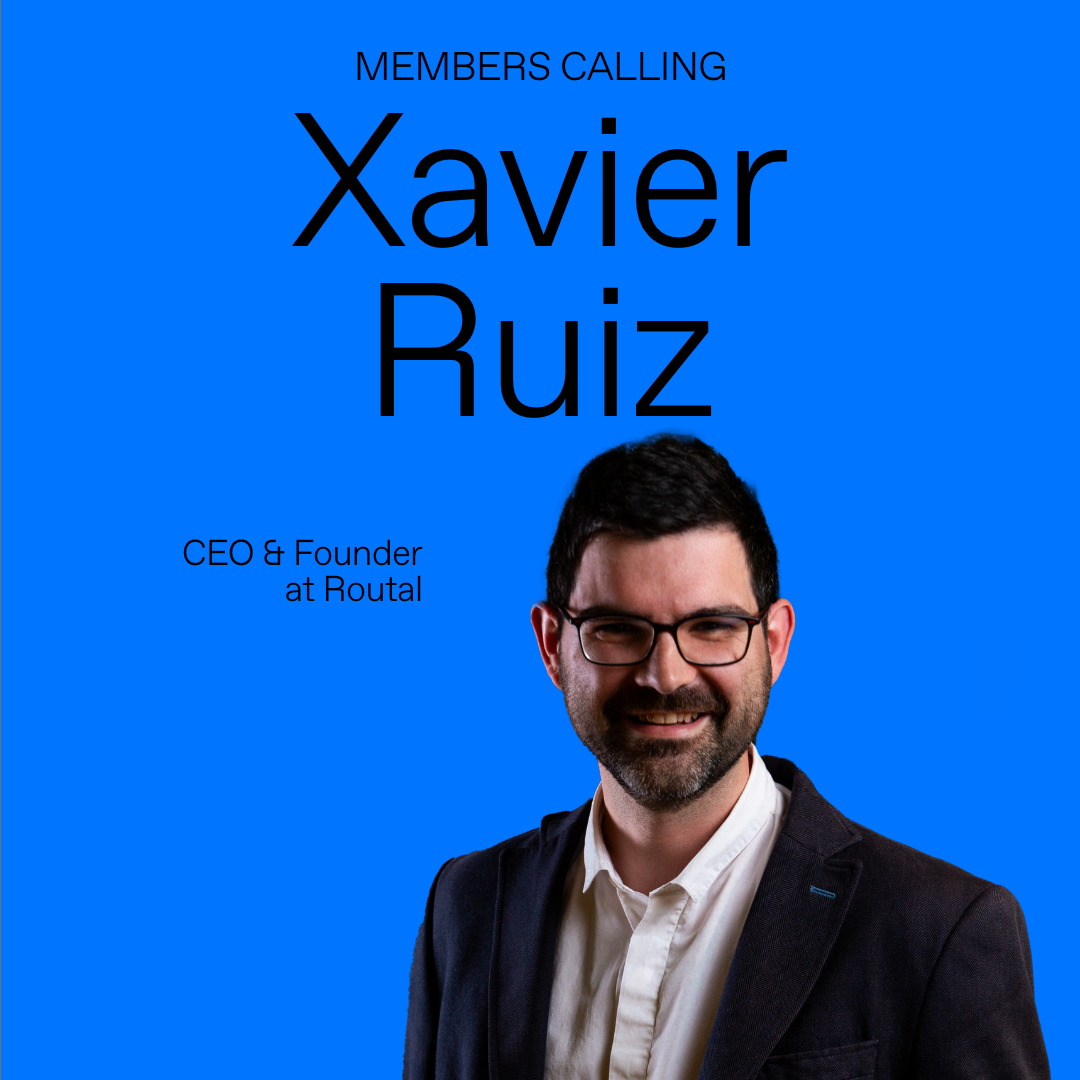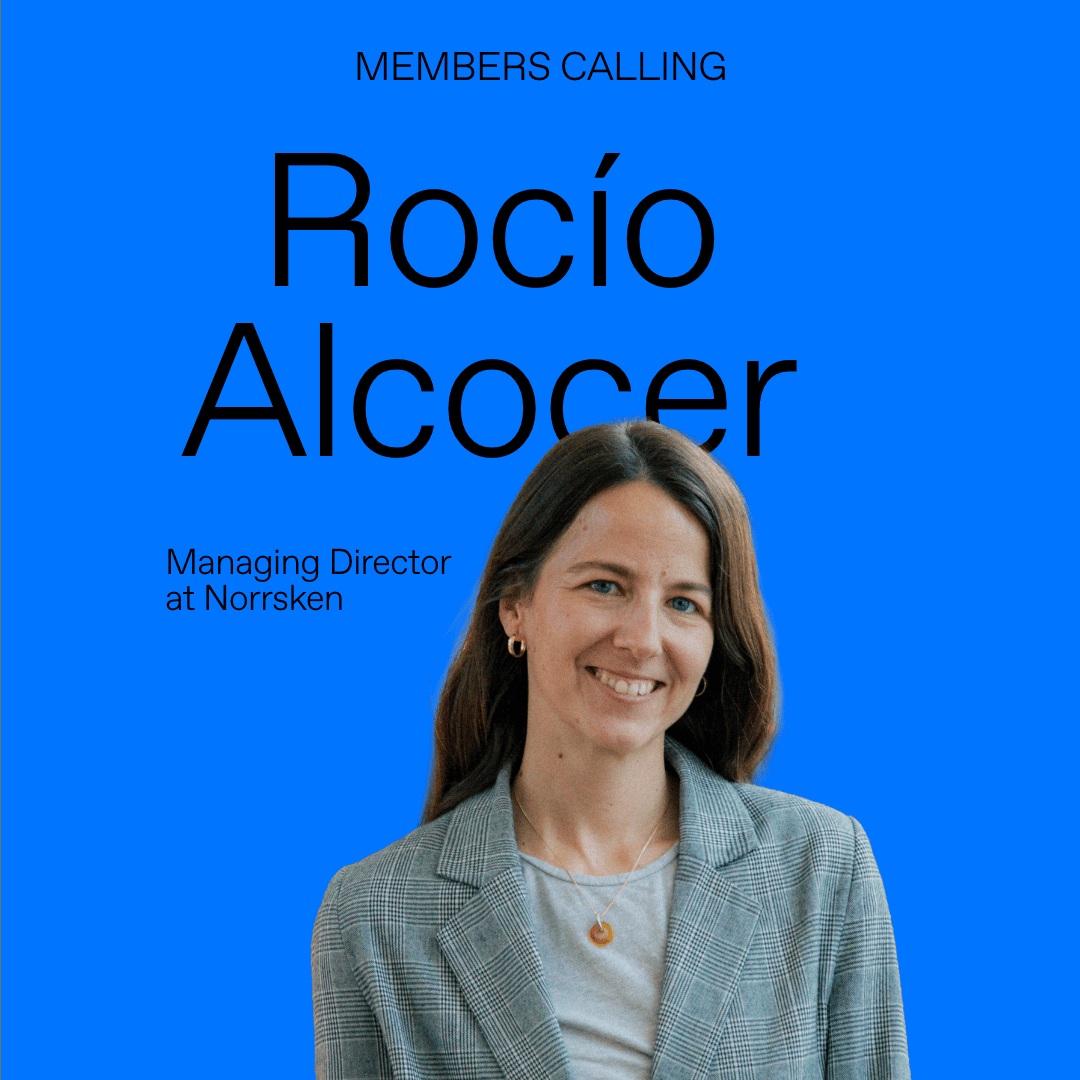Kenneth de Spiegeleire, nuevo directivo de Qonto que impulsará su crecimiento internacional desde España
Por Qonto
06 Jun 2023
Qonto, líder europeo en gestión financiera para pymes, emprendedores y autónomos, ha nombrado a Kenneth de Spiegeleire director de Ingresos (Chief Revenue Officer) quien impulsará el crecimiento de la compañía desde España. Tras la incorporación de Jordi Gudiol, director de operaciones de Qonto, ya son dos miembros de la cúpula directiva de Qonto los que residen en el país, muestra de la relevancia que el mercado supone para la compañía.
Desde abril, de Spiegeleire dirige a los equipos responsables de mercados internacionales y su crecimiento, con el objetivo de facilitar el camino hacia la rentabilidad de Qonto. Su nombramiento responde a la estrategia de la compañía de incorporar perfiles con dilatada trayectoria que sumen el expertise necesario para seguir consolidando el negocio a largo plazo e impulsar la expansión internacional en el segmento de las pymes. A su juicio “aunque constantemente se habla de innovación en las fintech, las pymes siguen necesitando una mayor atención. Por esta razón, Qonto les aporta las herramientas necesarias que faciliten sus objetivos”. Uno de los segmentos de mayor crecimiento para la compañía es la creación de empresas, de hecho, recientemente ha alcanzado las 100.000 sociedades creadas en los cuatros mercados en los que opera.
Su principal misión será liderar el crecimiento en los principales mercados de Qonto: Francia, Alemania, Italia y España, gracias a su amplia capacidad para escalar empresas. A su vez, dirigirá las operaciones de marketing y ventas de calado internacional. En los últimos 20 años, de Spiegeleire ha desempeñado diferentes funciones de dirección en Estados Unidos y Europa, tanto en multinacionales como Cisco y Vodafone, como en empresas emergentes, como Dropbox y, más recientemente, Forto.
“Apuesto firmemente y me sumo con ganas a la misión de Qonto de apoyar y facilitar el día a día de las pequeñas y medianas empresas europeas. Tenemos una oportunidad real de simplificar parte de la complejidad que a menudo parece acompañar a los servicios financieros”, declara de Spiegeleire, quien ha añadido que “es un orgullo y, a su vez, un reto, unirme a un equipo tan cualificado y ayudar a alcanzar un objetivo tan ambicioso: convertirnos en la solución de financiación empresarial elegida por un millón de pymes y autónomos europeos en 2025”.
De Spiegeleire se une a Qonto en un momento estratégico en la trayectoria de crecimiento del neobanco. El año pasado fue clave: en enero la compañía cerró la ronda de financiación récord Serie D, y en julio, la adquisición de Penta en Alemania. Trás estos dos hitos, Qonto busca consolidar su servicio todo en uno para equipos financieros, incluyendo pymes de mayor tamaño con productos elaborados a medida; incrementar su cuota en los mercados en los que opera más allá de Francia, su país de origen (Alemania, Italia y España), alcanzar la rentabilidad e incrementar su apuesta por la sostenibilidad y la inclusión.
Para Alexandre Prot, cofundador y CEO de Qonto, “contar con Kenneth es un verdadero placer, ya que su experiencia y compromiso para ayudar a las empresas a escalar es clave en nuestra estrategia y los planes de expansión”.




















